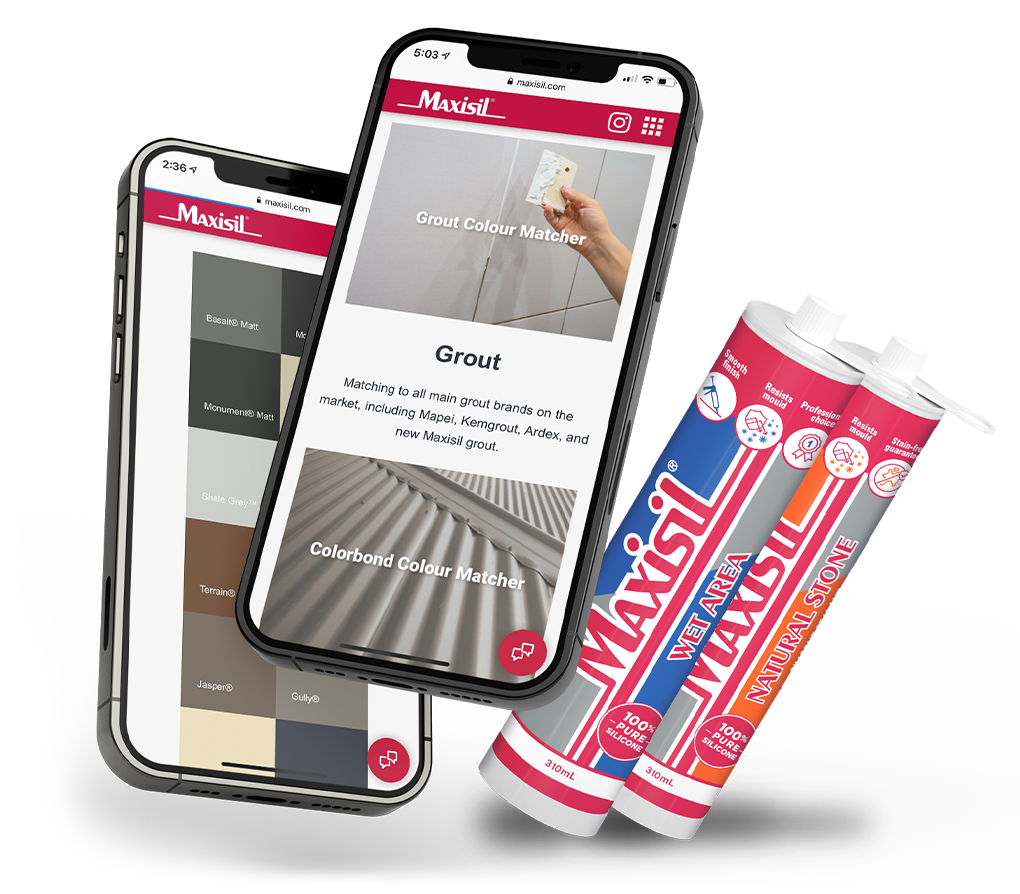Technical Steps for Sealing Your Swimming Pool: A Modern Approach
Sealing a swimming pool is a critical step to ensure its longevity, prevent leaks, and maintain a safe, hygienic aquatic environment. Modern sealants, such as Maxisil Pool, are engineered for superior performance in the challenging conditions of pools and fountains. Here’s a comprehensive guide to the technical steps for sealing your swimming pool using today’s best practices and products.
1. Choose the Right Sealant
Modern pool sealants like Maxisil Pool are specifically formulated for underwater environments. They offer:
- High resistance to UV rays and harsh pool chemicals
- Mold and fungal resistance
- Flexibility and elasticity to accommodate movement and expansion
- Non-corrosive, neutral-cure properties for compatibility with a wide range of materials
2. Surface Preparation
Proper surface preparation is essential for optimal adhesion and long-term performance:
- Clean all surfaces: Remove dust, grease, oil, old adhesives, and any contaminants. For non-porous surfaces, use a suitable cleaner (e.g., Maxisil Cleaner) and a lint-free cloth. For porous surfaces, use a steel-wire brush or grinding disk to remove loose particles.
- Ensure surfaces are dry: Maxisil Pool and similar sealants must be applied to dry surfaces. The sealant cannot cure properly if applied underwater or to damp substrates.
- Check compatibility: Verify that all materials in contact with the sealant are compatible to prevent staining or chemical reactions.
3. Joint Preparation
- Backer rod installation: For wide joints, insert a closed-cell polyethylene (PE) foam rod to control the depth of the sealant and create the optimal shape for movement.
- Primer application: For challenging substrates or high-movement joints, a primer may be recommended. Apply primer and allow it to dry (typically about 2 hours) before proceeding.
4. Sealant Application
- Apply the sealant evenly: Use a caulking gun to apply Maxisil Pool smoothly into the joint, avoiding air entrapment. Work methodically to fill the joint completely.
- Tool the joint: Immediately smooth the sealant with a suitable applicator and smoothing agent (e.g., Maxisil Smoothtex A) for a neat, professional finish.
- Avoid over-application: Take care not to spread the sealant beyond the joint area, as it can be difficult to remove.
5. Curing and Protection
- Allow full curing: Maxisil Pool must cure for at least 4 days—preferably up to 2 weeks—before exposing the area to water. Early exposure can compromise adhesion and effectiveness.
- Ventilation: Ensure good ventilation during curing, as the crosslinking process releases by-products.
6. Final Inspection and Maintenance
- Check for gaps or bubbles: Inspect the sealed joints for any imperfections and address them before the pool is filled.
- Ongoing maintenance: Periodically inspect the sealant for signs of wear, mold, or damage. Clean and re-seal as necessary to maintain watertight integrity.
Why Choose Modern Sealants Like Maxisil Pool?
| Feature | Benefit |
|---|---|
| UV and Chemical Resistant | Long-lasting protection in harsh pool environments |
| Mold and Fungal Resistant | Maintains hygiene and appearance |
| High Elasticity | Accommodates structural movement and thermal expansion |
| Easy Application | Professional results with minimal effort |
| Colour Matching | Aesthetic integration with pool finishes |
Key Takeaways
- Always apply sealant to clean, dry surfaces and allow sufficient curing time before filling the pool.
- Use products specifically designed for pool environments, such as Maxisil Pool, for best results.
- Proper preparation, application, and maintenance are essential for a watertight, durable pool seal.
- Sealing your swimming pool with modern silicone technologies ensures years of trouble-free enjoyment and peace of mind. For tailored advice or to find the right product for your project, consult the technical experts at Maxisil.

Maxisil Colour Matcher
Perfectly match your Kemgrout, Ardex, Mapei, Davco or COLORBOND® to our Maxisil silicone products.